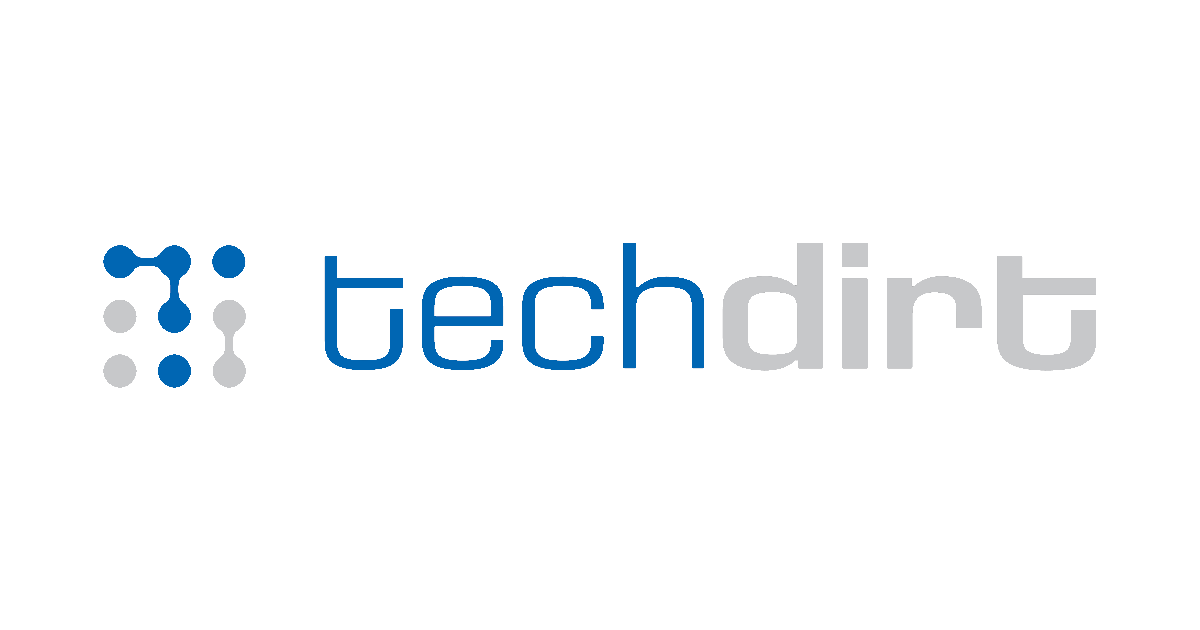Elastic Security Labs Unveils 2025 State of Detection Engineering Report

Elastic Security Labs has officially launched its much-anticipated report, titled 2025 State of Detection Engineering at Elastic. This groundbreaking document stands out as the first comprehensive examination of the companys detection engineering practices. By peeling back the layers of their operations, Elastic aims to provide an in-depth understanding of how they create, maintain, and assess their Security Information and Event Management (SIEM) and Endpoint Detection and Response (EDR) rulesets.
This initiative is not merely about transparency; it reflects Elastic's commitment to users navigating the complex world of cybersecurity. In a landscape fraught with evolving threats, detection engineering plays a crucial role in fine-tuning security tools to alert users about potential vulnerabilities and attacks on their systems. However, many security teams often find it challenging to dedicate sufficient time and resources to this critical function.
To support its customers, Elastic Security Labs has made available over 2,300 expert-written detection rules tailored for both SIEM and EDR solutions. These pre-built rules are intricately mapped to the tactics, techniques, and procedures (TTPs) outlined in the renowned MITRE ATT&CK framework. This mapping is no small feat; it requires continuous assessment and tuning by Elastics expert security researchers to ensure maximum efficacy for organizations of all sizes.
A Commitment to Innovation
Elastic Security Labs has long been recognized for its pioneering efforts within the realm of detection engineering. Regularly publishing articles that delve into advanced detection sciencefrom identifying hotkey-based keylogging attempts to uncovering Linux persistence techniquesElastic not only innovates within its product offerings but also empowers the broader security community. A dedicated team of detection engineers tirelessly investigates real-world threats, developing cutting-edge detection rules and enhancements for the Elastic Security solution. Their work is backed by rigorous performance measurement, ensuring that users receive the best possible protection.
Insights from Behind the Scenes
The 2025 State of Detection Engineering at Elastic report offers a rare glimpse into the inner workings of Elastics detection practices. By maintaining public-facing repositories for their SIEM and EDR rulesets, Elastic fosters a culture of openness. However, the company recognizes the importance of informing users about the maintenance processes that underpin these tools. The report details their methodologies and future intentions for enhancing Elastic Securitys detection capabilities.
Among the highlights included in the report are:
- An analysis of real-world threats, including vulnerabilities like CUPS and actors such as Scattered Spider.
- Comprehensive strategies for robust rule development, utilizing techniques such as threat hunting and the Detection Engineering Behavioral Maturity Model.
- Efforts to enhance Elastic integrations to improve threat coverage and expand endpoint visibility.
- Internal metrics and evaluation processes designed to ensure the effectiveness of detection rules.
- Insights on how Elastic uses the Global Threat Report to strategize for the year ahead, including a preview of plans for 2025.
Encouraging Community Engagement
Elastic Security Labs is not just focused on its customers; it aims to contribute to the broader security community. By sharing insights into how they develop and manage the Elastic Security solution, they hope to ignite discussions around detection engineering and encourage accountability in their work. The team invites interested individuals to explore the report further and participate in ongoing conversations about cybersecurity practices.
For those eager to delve deeper into the findings of the report, it is available for free download through Elastic Security Labs. As always, the timing of feature releases and functionalities remains at Elastic's discretion, with the acknowledgment that some aspects may not be delivered as projected.


























